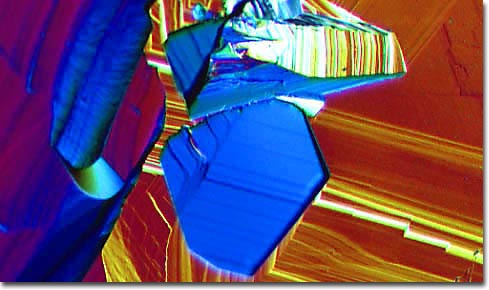|
Organic superconductors have been of significant scientific interest since the 1960s, but the first organic superconducting material was not discovered until 1979. Though similar in some respects to other superconductors, a full understanding of the nature of organic superconductors and the mechanisms by which superconductivity occurs in them has not yet been developed. Thus far, however, it has been determined that organic superconductors are generally based on the salts of planar molecules, which are arranged in such a way that they demonstrate considerable anisotropy in electrical conductivity, magnetic susceptibility, and various other properties. Due to this anisotropy, organic superconductors exhibit behavior that is generally linked to reduced dimensionality. The creation of organic superconductors, which are crystals comprised of a donor molecule and an anion, may be brought about by several different methods, but the primary approach is electrocrystallization, which tends to require less time and facilitates greater control of growth than other methods.
|
